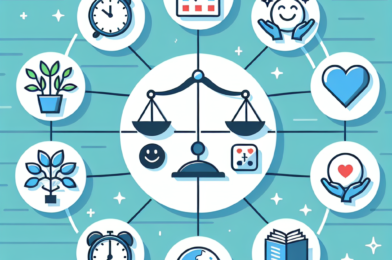Building Better Habits: Unlocking Your Potential in 30 Days
Are you ready to transform your life and create positive, long-lasting habits? Building new habits can be a powerful tool for personal growth, but it’s often easier said than done. That’s why we’ve crafted this step-by-step guide to help you master the art of habit formation in just 30 days. Get ready to unlock your full potential!
Day 1-7: Identify and Plan
Start by identifying the habits you want to develop. Are you aiming for a healthier lifestyle, better time management, or a new skill? Be specific and break down your goal into manageable steps. For example, if you want to get fit, your initial steps could be as simple as going for a 15-minute walk daily or doing a short home workout. Plan your new habit, making it easy to stick to. Schedule it into your day and set reminders if needed.
Day 8-14: Take Action and Monitor
Now it’s time to take action! Dive into your new routine and start putting your plan into practice. Consistency is key, so aim to stick to your new habit daily. Use a habit tracker or journal to monitor your progress. Keep a record of each day you successfully complete your task and reflect on any challenges or successes.
Day 15-21: Stay Motivated and Adjust
By this point, you might start feeling the initial excitement wane. Keep yourself motivated by reminding yourself of your ‘why’. Visualize the benefits of your new habit and how it will improve your life. If needed, adjust your plan to make it more sustainable. For instance, if you’re finding your daily workout too intense, try reducing the duration or intensity.
Day 22-30: Maintain and Celebrate
In the final week, focus on maintaining your new habit. It should start feeling more natural and integrated into your daily routine. Celebrate your success! Reward yourself for reaching this point and acknowledge the progress you’ve made. Share your achievements with a friend or a supportive community to keep you motivated.
Building better habits is about small, consistent actions that, over time, lead to significant results. By following this guide, you’ll be well on your way to building habits that stick. Remember, it’s all about progress, not perfection. Embrace the journey and enjoy the process of becoming the best version of yourself.









